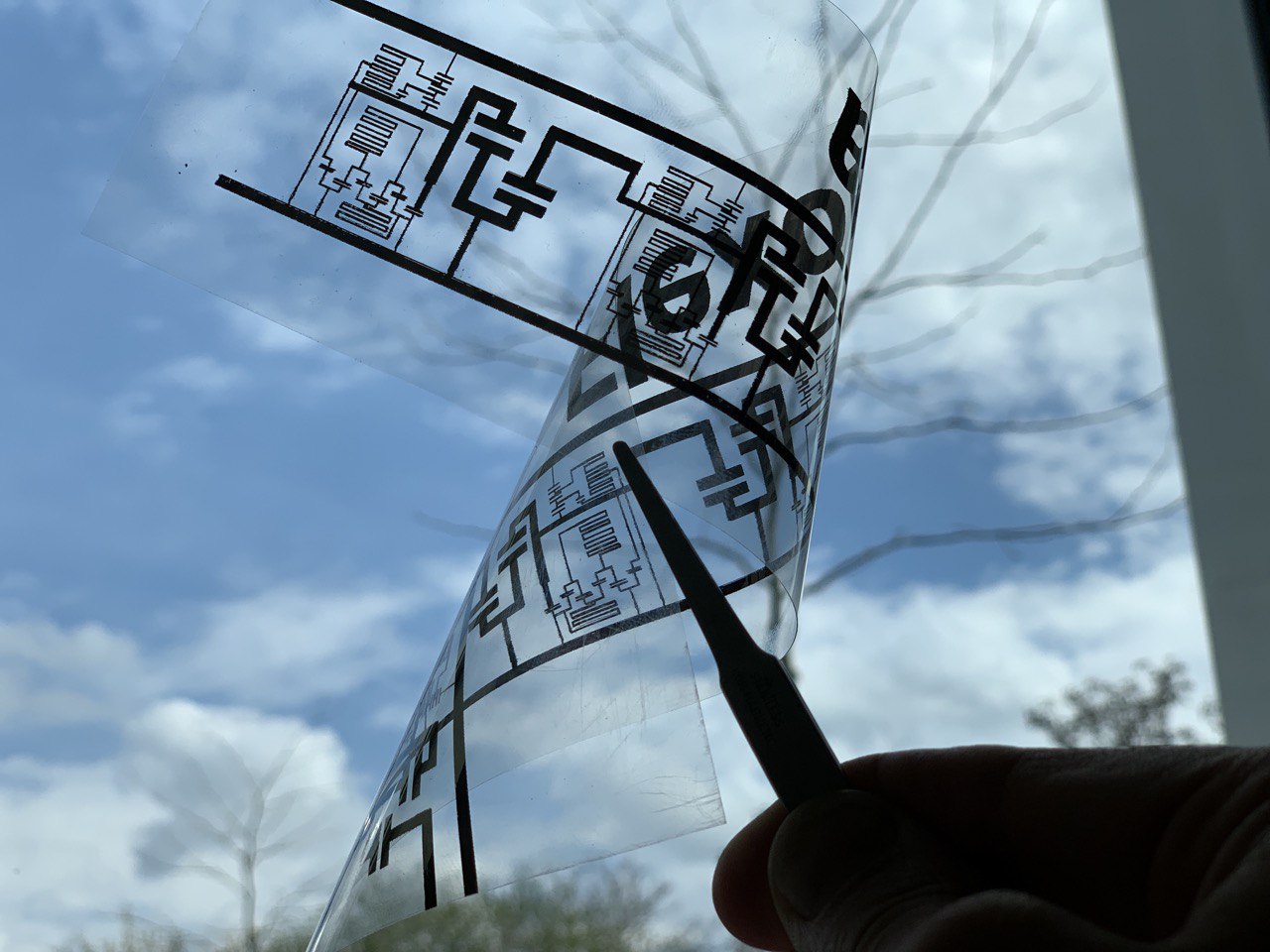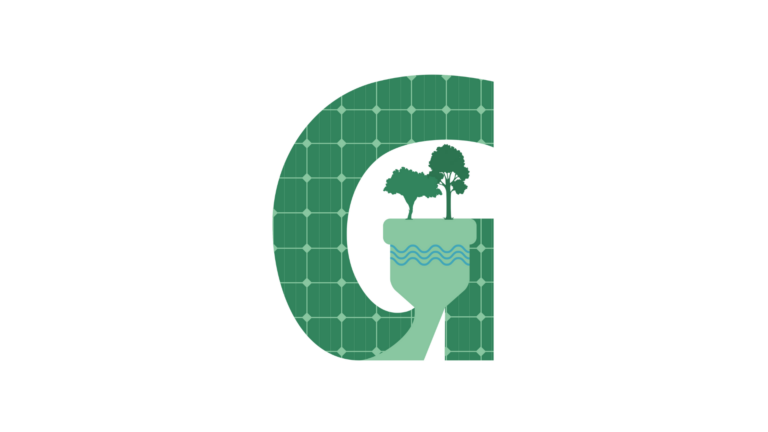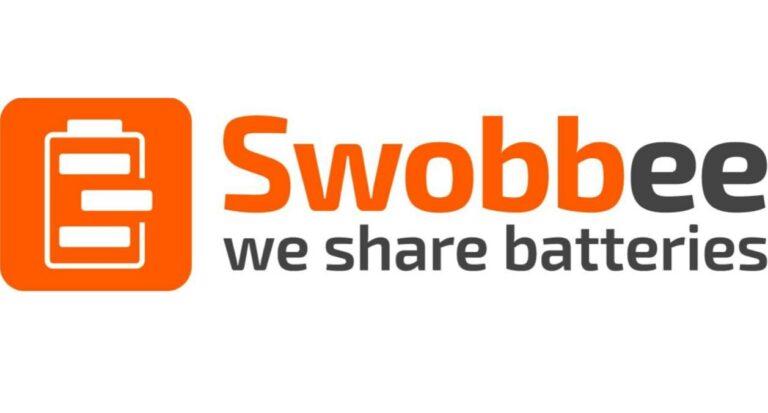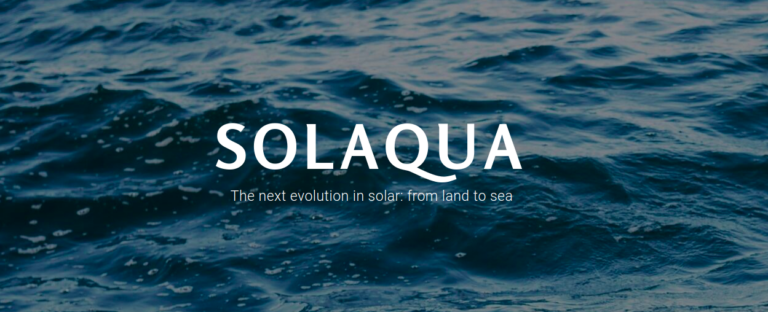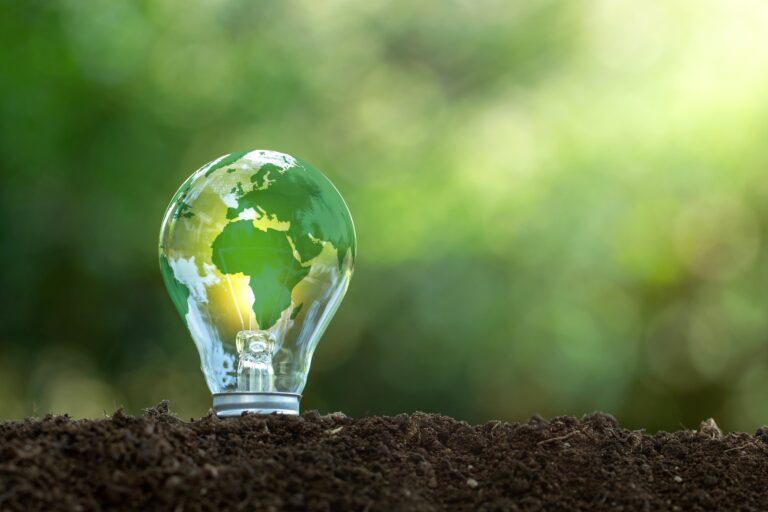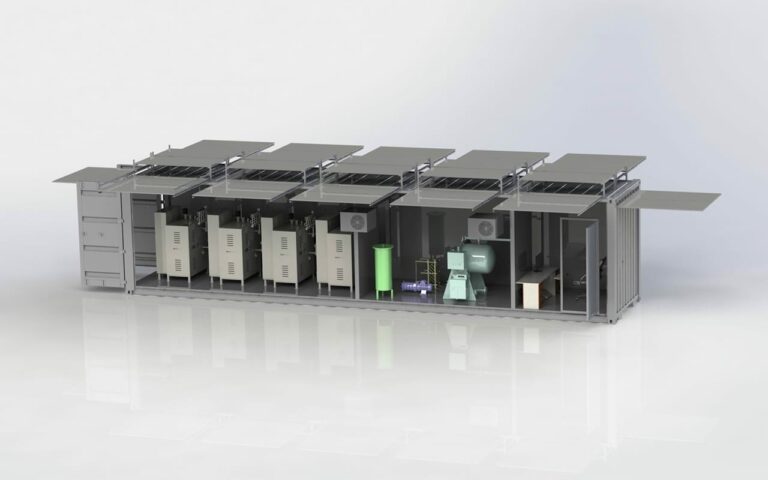Flexora: Flexible Sensor Foils for the Energy Transition
Discussion about the ongoing automation of all aspects of society has only become more prominent with the launch of the AI Model ChatGPT. Simultaneously, the debate on how to tackle climate change picks up speed in many countries. A common key point throughout all discussions remains that an increase in efficiency in our applications is one puzzle piece to solving global energy and climate issues. While both topics seem to be somewhat disconnected at first, a connecting element is that better and more data is crucial for further development.
Sensors are already an important part of our life in countless parts: From simple speedometers and thermometers to more complex sensors that allow already automated fabrics to keep running and many more. Despite the versatility of the technology, increasing the spread of sensors to generate even more data needed for our development is not an easy task: Costs are often still too high, which is especially the case for deployment, and some sensors might turn out impractical for tasks such as Big Data generation needed for AI.
Today’s project will take the sensor technology one step ahead and tackle recent problems. For our first edition, I had the pleasure to talk to Clemens Haist, who is one of the founders and managing director of the Dresden startup Flexora.
Why did you Start the Flexora?
Our project started with a conversation between our Technical Director Dr. Michael Sawatzki-Park and TÜV Süd Global Manager Dr. César Buque, who deals with inspections in the field of petrochemistry. Just as cars need to be inspected every few years to ensure they are safe to drive on the road, all major chemical plants need to be inspected regularly as well. These inspections still involve people who are being sent to the production plants on a regular basis and their work can lead to a shutdown of the production for a couple of days. The inspectors then carry out tests onsite, which due to the sheer size of the plants as well as necessary preparation tasks (e.g. dismantling insulation, setting up scaffolding) are usually very time-consuming even with many people involved. Therefore, the vision of Dr. César Buque is to switch personal visits to permanent monitoring via sensors. This would be possible already with today’s technology, however, too many cables would be needed and the costs would be too high, mostly because equipping large areas with traditional sensors is very time-consuming and the cost of manual labor is very expensive.
A solution to this problem can be found in the realm of organic electronics: Sensors based on that technology can be simply printed on foils, making them more flexible and cheaper than previous options. As Dr. Michael Sawatzki-Parks’s Ph.D. topic lay in that field, it was a natural fit for starting our project.
What is the Product?
We are developing a printed, flexible sensor film that includes a large number of measurement points and can be easily applied to various surfaces. You can think of it as a second skin for infrastructure, machines, or even parts of a final product. This „sensor skin“ delivers big data that can be used to realize Dr. César Buque’s vision of permanently monitoring industrial assets. It also enables automation and optimization of important processes in various other industries, from renewable energy to batteries to the chemical industry. Currently, the focus lies on temperature and pressure sensors as well as conductor tracks and production is planned to start by mid-2024. In the next step, transistor circuits are added to be able to forward the sensor signals along the foil. The signals are read by IoT devices, digitalized, and sent to the control systems.
Are you still Active in the Area of Petrochemistry?
Safety-critical areas such as petrochemistry require many tests for a new technology and take a long time until the final application. We thus looked at various other useful applications for our technology and did a market analysis. The question was: Are there other areas of application in the field of renewable energies? We were able to find another use case that we are currently working on and will be able to announce soon.
What Advantages does your Approach have and which Future Perspectives exist?
Our approach creates value and new opportunities because we generate data on issues that are not yet available or that are too expensive to generate. This contributes to improved processes, increases efficiency, and enables new business models. For example, overly long processes or the provision of resources can be reduced through a better data situation. You can imagine this as with a mobile phone battery: If you only know whether the battery is “full” or “empty”, then you would probably charge your mobile phone much more often. If, on the other hand, you see that your cell phone is still 70% charged, you know that it is enough to get through the rest of the day and avoid unnecessary charging cycles.
Furthermore, our approach also creates added value for existing use cases of sensor technology, since costs can be saved by sparing countless cables and a quicker and easier attachment by gluing.
What are the Current Challenges?
The challenge on the technical side is to ensure that what works well in the lab will work on an industrial scale. The scaling of our processes to a state, where kilometers of sensor foil roll off the roll, is not trivial and takes some time.
Resources are also needed on the business side for this: We already have the relevant people who will further develop our applications and make them ready for series production. Thus, we need to ensure the financial resources necessary to keep the operation running until our business is self-sustaining. We already have first pilot customers with whom we develop the products together and looking for a well-suited production site in Dresden, because we are growing out of the university labs. Currently, we are closing a financing round with Venture Capitalists.
All in all, our challenge is the growth process – technically and economically.
What are your Future Plans?
In addition to the pressure and temperature sensors that we are currently developing, we have concepts for 6 other sensor types available. Here, too, the challenge for each sensor type will be to ensure usability and longevity in industrial environments. Our approach has great potential in many industries as society demands greater efficiency to close loops. Key elements are e.g. Data-based automation and optimization. We have some very exciting scenarios up our sleeve.
Whom to Contact?
Are you feeling inspired by this exciting idea and eager to explore more? Reach out to Clemens Haist on Linkedin or at clemens.haist@flexora.de for a delightful discussion, or simply visit their project at www.flexora.de and on Linkedin to learn more about.
